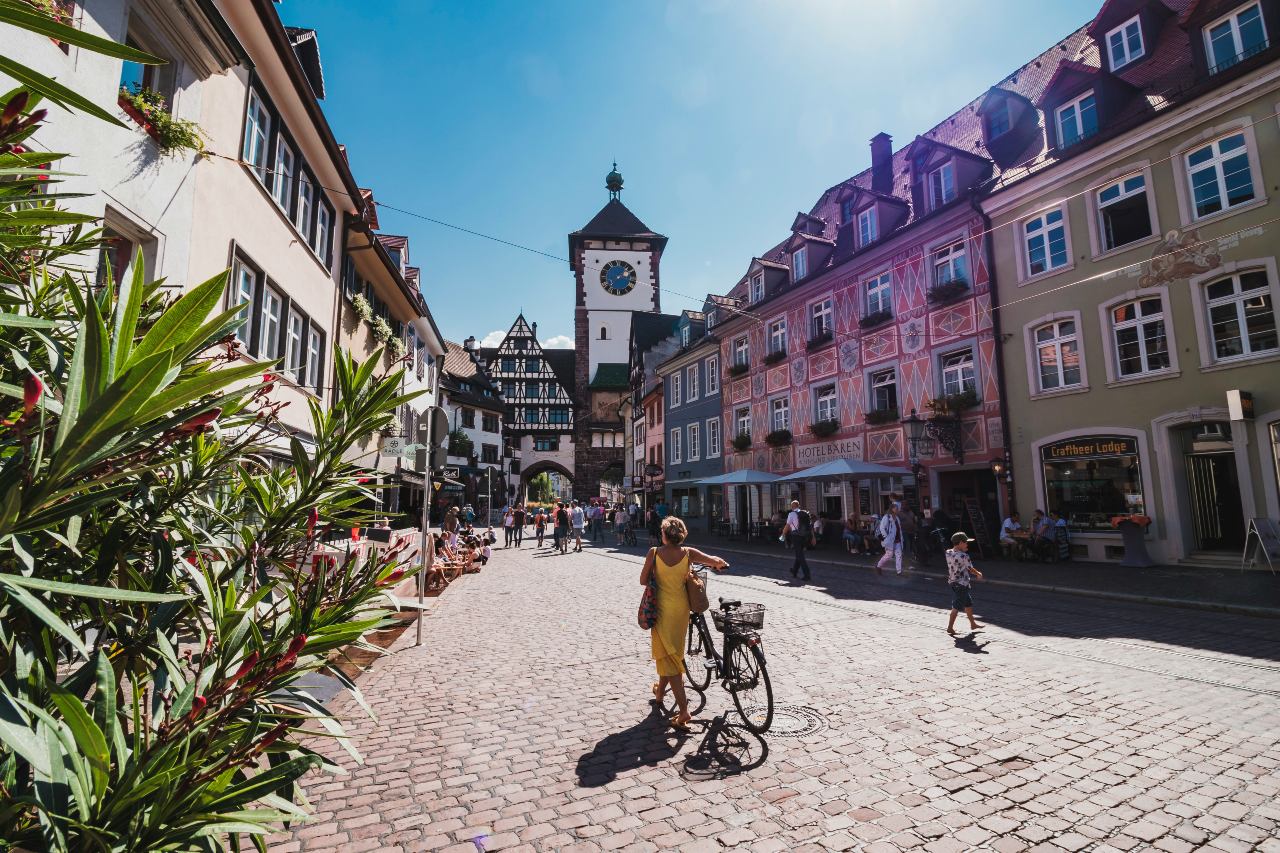Though Germany may sometimes feel like a country that’s resistant to change, there’s one thing that’s in constant flux: the population.
Over the next twenty years, demographics in the country could shift significantly, according to a new report unveiled by the Federal Institute for Research on Building, Urban Affairs and Spatial Development (BBSR) in Bonn on Wednesday.
Here are some of the key takeaways to be aware of.
Germany is becoming nation of pensioners
Germany’s aging population has been causing headaches for politicians for several years, sparking fears about skills shortages, the stability of health services and whether or not the working population can fund the increasing number of pensioners.
By 2045, the situation is expected to be even more extreme, with researchers saying the number of over-67s in Germany could grow by 13 percent in the next couple of decades. Compared to 2021 figures, that would equate to an additional 2.2 million people who would likely be claiming a pension.
Advertisement
“Germany is ageing massively,” said scientific project manager Jana Hoymann. “We have individual districts where the number of older people is increasing by 40 percent – an incredibly high figure.”
In some parts of the country, such as the districts of Vorpommern-Rügen (Mecklenburg-Western Pomerania), Mansfeld-Südharz (Saxony-Anhalt), Altenburger Land and Greiz (Thuringia) and Spree-Neisse (Brandenburg), demographers predict an average age of over 50.
Immigration will have a major impact
As the age of the average German goes up, the population’s relative stability is likely to be shored up by a steady influx of foreigners, BSSR predicts.
Researchers say that the country’s population is set to grow to around 85.5 million by 2045 – an increase of 800,000 people compared to 2024.
“Without immigration from abroad, Germany’s population would already be significantly lower in 2045 because the number of deaths will far exceed the number of births,” explained Peter Jakubowski, Head of the Spatial and Urban Development Department at the BBSR.
READ ALSO: Germany ranked fifth most popular destination for foreign workers
The institute assumes that net immigration will pick up significantly over the coming decade, with 300,000 more people arriving in Germany than leaving each year from 2031. There are multiple reasons for this, according to researchers: the pro-migration policies of the government, the family members of existing immigrants and the growing impact of climate change.
Advertisement
Regional differences are becoming more striking
Despite the impact of immigration, there are likely to be huge schisms in the way the population develops in different parts of the country.
While economically strong cities, their surrounding areas and some rural regions – particularly in Bavaria and Baden-Württemberg – will continue to grow, the decline in population in structurally weak areas outside the major cities will continue. Most regions with declining populations can be found in eastern Germany – but not exclusively.
According to BSSR, the biggest growth in the population will happen in Ebersberg, a district in Bavaria to the east of Munich, as well as in the cities of Freiburg im Breisgau, Potsdam and Leipzig. In these regions, the population could swell by around 14 percent.
By contrast, the districts of Erzgebirgskreis (Saxony), Greiz (Thuringia) and Mansfeld-Südharz (Saxony-Anhalt) will lose more than a fifth of their population by 2045, researchers predict. In the western states, meanwhile, populations could decline in northern Hesse, eastern North Rhine-Westphalia and parts of Saarland.
Advertisement
There will also be significant differences in the average age of the population in different parts of the country. While residents in certain districts could have an average age of 50, average residents in Frankfurt am Main, Munich and Heildelberg will be under 41.
In cities like Munich, Leipzig, Berlin and Potsdam, meanwhile, the working-age population will increase by 10 percent over this period. However, the size of this demographic will sink by two percent in the country as a whole.
READ ALSO: Where is the population in Germany growing (and declining) the most?
Population shifts will present challenges
The fact that demographics will vary so drastically in different districts could present unique problems in the future, researchers explained. In some cases, governments will face “completely contradictory challenges”, said BSSR head of development Jakubowski.
Advertisement
In structurally strong cities and districts with population growth, governments will need to provide enough education, childcare, healthcare and nursing care, as well as sufficient housing.
In structurally weaker cities and districts with declining populations, on the other hand, the challenge will be ensuring high-quality services and attractive housing and job markets.
READ ALSO: Germany’s population grows to 84.3 million amid record migration
Unexpected crises could have an impact
Jabowski was keen to point out that the prognosis for 2045 should not be taken as a prediction. With unexpected events such as the wars in Ukraine and Syria having an impact on migration, immigration figures are often incredibly difficult to predict.
Just three years ago, the BBSR predicted that Germany’s population would decline to 81.9 million by 2040.
Since then, more than one million people have come to Germany as a result of the war in Ukraine alone.
Read More: World News | Entertainment News | Celeb News
Locals
